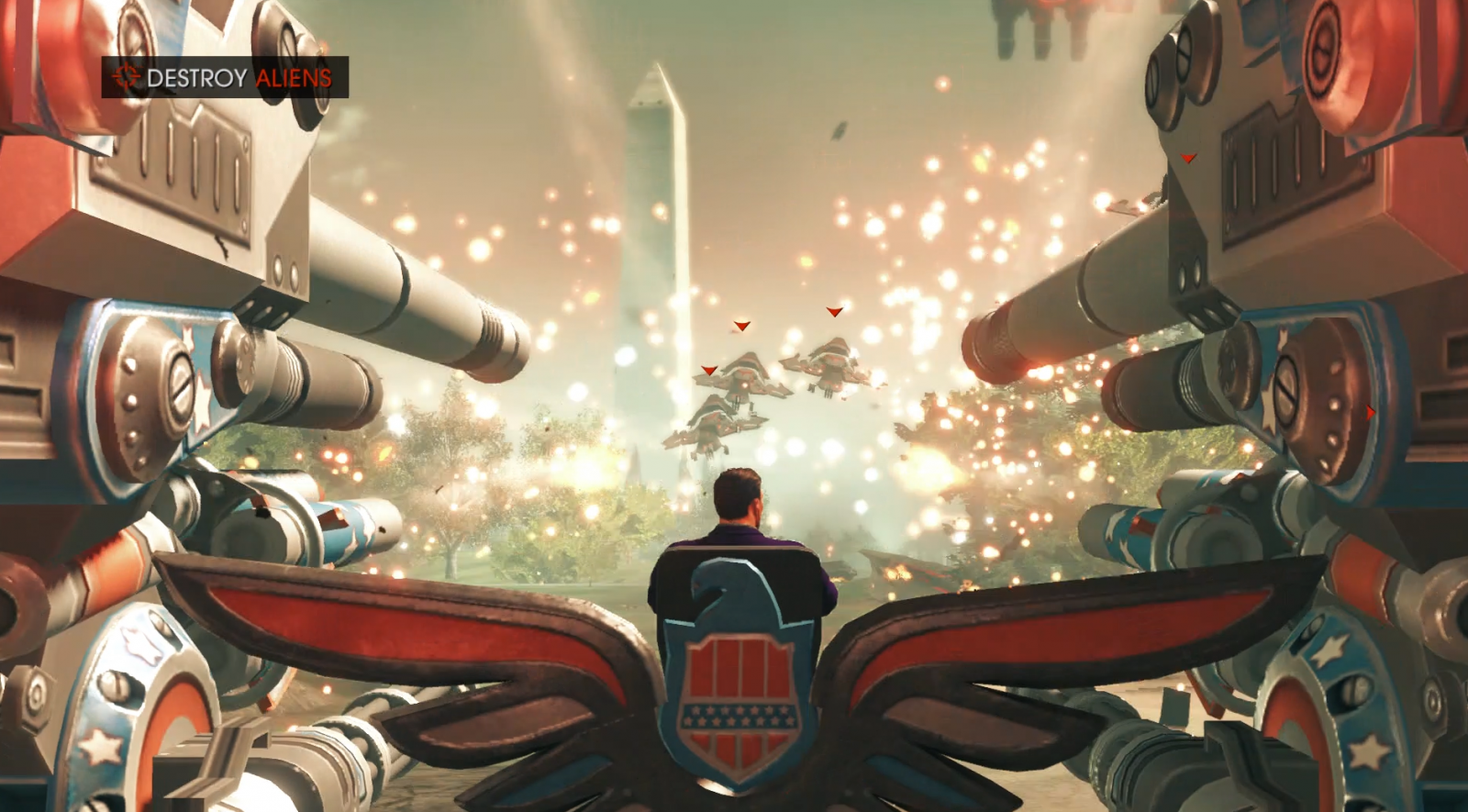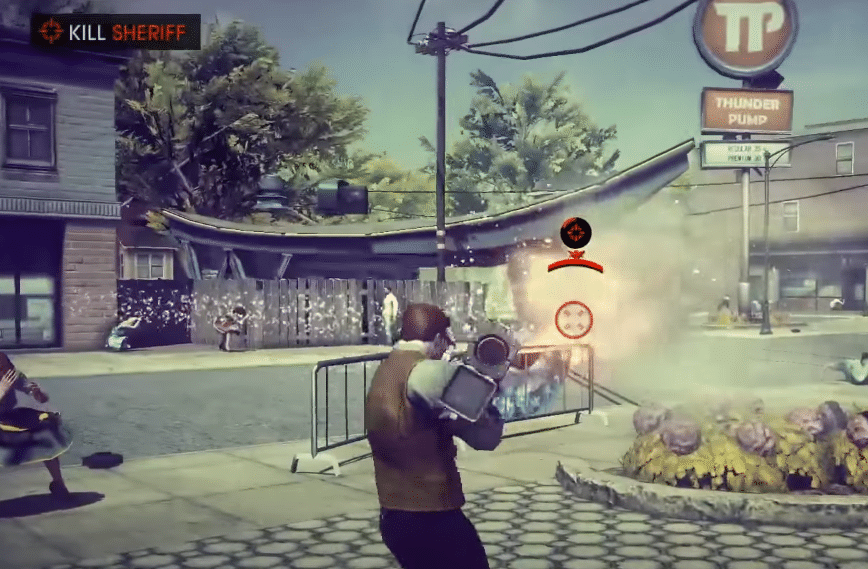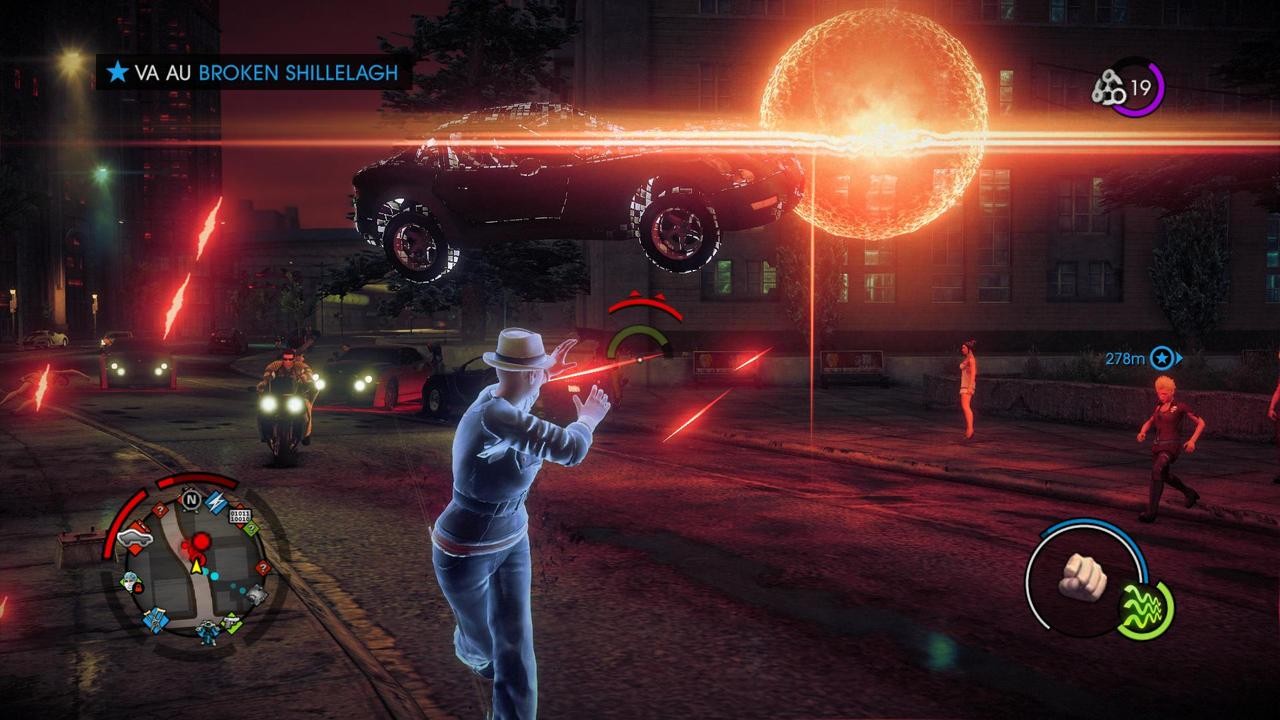

Returning to the city makes for interesting story setups and remembrances of the previous game, but even if you're gliding over all of it and ignoring most of its structure, it occasionally doesn't feel like something that stands on its own.Īctually, the story leans pretty heavily on your knowledge of Saints Row: The Third, to the point where I'd probably recommend playing that game first if you haven't already. Obviously, that has good and bad baggage associated with it. And throwing the vast majority of the game into a "dark" simulated version of the city of Saints Row: The Third makes the whole thing feel like some elaborate expansion or mod, rather than a full-fledged sequel.

It makes a game that was already pretty goofy even goofier. Why would you ever drive or upgrade a car once you can run faster than the game's fastest vehicles? Grenades and other thrown weapons are completely replaced by a trio of super abilities and the weapon tree gets blown out with guns that shoot black holes, alien rockets, or the healing-sorry, destructive-power of dubstep. The developers' willingness to utterly deprecate major parts of the previous game is really interesting. This, as you might expect, changes everything. Since real-world rules don't apply in this oppressive simulation, things quickly spiral out until you can run faster than cars, jump higher than buildings, and shoot freeze blasts out of your fists.

The alien leader, Zinyak, tosses you and your crew in a Matrix-like computer simulation of Steelport, the same city from the previous game. Oh, and then there's an alien invasion courtesy of the Zin, your main enemy for the bulk of the game. The story picks up where The Third left off, more or less, with a quick escalation and a five-year flash forward to the point where the boss of the Saints (that's you) is now the President of the United States. Clusters! Sorry, they're called clusters.

On the large side, the developers at Volition effectively created "Lewd Crackdown" by imbuing your cyber-President with the ability to leap over buildings, glide around the city, and collect hundreds and hundreds of orbs. On the small side, a more-focused track through the game's side missions makes it more enjoyable to see and do everything the game has to offer. In plenty of ways it's all-but-identical to the previous game, but plenty of deviations both big and small make it feel quite different. Saints Row IV builds off of Saints Row: The Third's successful break from the open-world crime game norm in plenty of successful ways by giving you new abilities and options set in an increasingly ridiculous world that gets wrapped around some solid, funny writing.


 0 kommentar(er)
0 kommentar(er)
